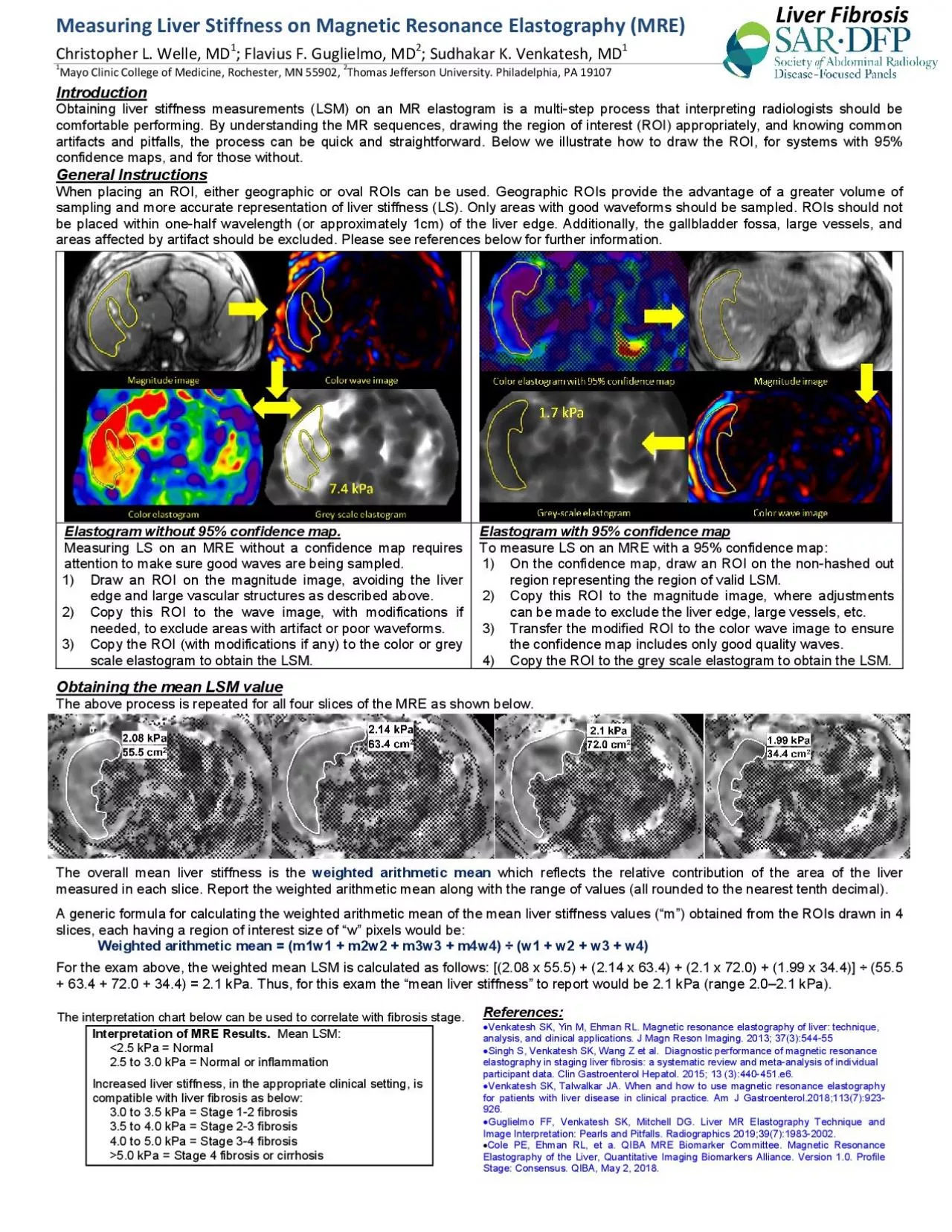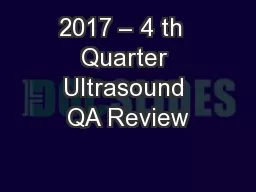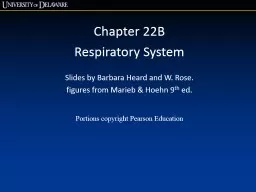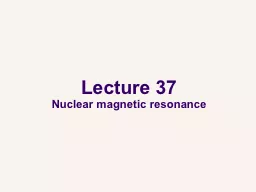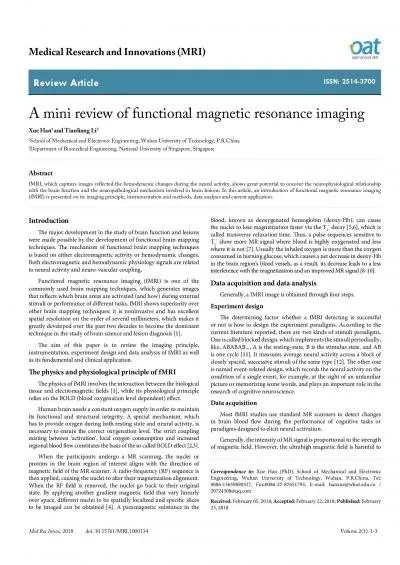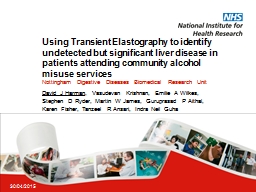PDF-Measuring Liver Stiffness on Magnetic Resonance Elastography MREChri
Author : walsh | Published Date : 2022-08-26
ayo Clinic College of MedicineRochester MN 55902 Thomas Jefferson University Philadelphia PA 19107 Liver Fibrosis Introduction Obtaining liver stiffnessmeasurements
Presentation Embed Code
Download Presentation
Download Presentation The PPT/PDF document "Measuring Liver Stiffness on Magnetic Re..." is the property of its rightful owner. Permission is granted to download and print the materials on this website for personal, non-commercial use only, and to display it on your personal computer provided you do not modify the materials and that you retain all copyright notices contained in the materials. By downloading content from our website, you accept the terms of this agreement.
Measuring Liver Stiffness on Magnetic Resonance Elastography MREChri: Transcript
Download Rules Of Document
"Measuring Liver Stiffness on Magnetic Resonance Elastography MREChri"The content belongs to its owner. You may download and print it for personal use, without modification, and keep all copyright notices. By downloading, you agree to these terms.
Related Documents

